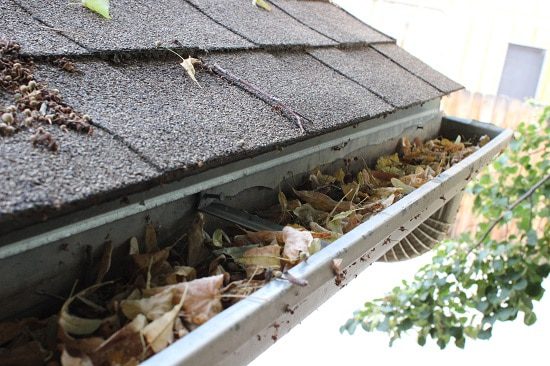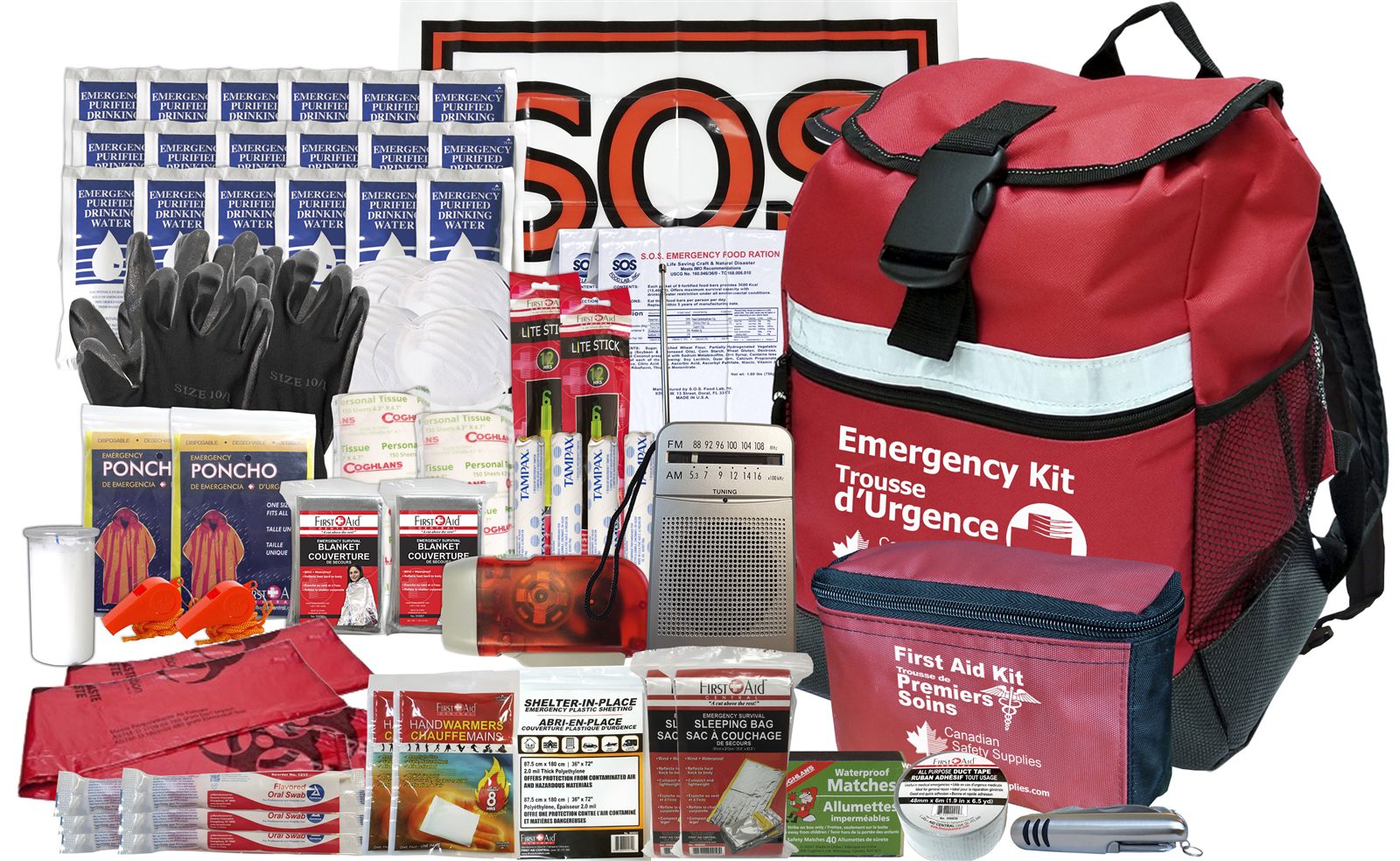August things to do around the home.
August 20, 2021 4:23 pmPrune dead wood from the garden
Now’s the time to tidy up your perennials and clear those unsightly dead twigs and branches, but avoid pruning trees and shrubs except to remove diseased or damaged branches. Pruning now may stimulate new, succulent growth at a time when the plants should be starting to prepare for winter with current season growth maturing and ceasing to grow. It’s best to wait until mid-September (or better, January to March) to do any substantial maintenance pruning for the year.
The key to tree pruning is to do it regularly, slowly and carefully. Early spring is a good time for pruning most trees. The exceptions are birch, maple, butternut or walnut trees. These have free flowing sap early in spring and fresh cuts will encourage excessive “bleeding,” which will put the tree under stress, encouraging disease or insect invasion.
These “bleeding” trees should be pruned in early summer, once the leaves have fully expanded. Additionally, trees that bloom early in the growing season, such as flowering crab, apples, lilac, and plum, flower on last year’s growth and should only be pruned once they have finished flowering, generally in late spring or early summer. A really good resource is https://gardening.usask.ca/
If you have elm trees, please follow the link for information on Dutch Elm Disease.
It’s always good to check the trees in your garden if they have a sudden change in their health, for more information on invasive species Why not get involved in Tree Check Month across Canada this August.
Clear the gutters
With the late summer thunderstorms showering us with excessive amounts of rain, a blocked gutter can cause serious water damage, while you’re cleaning gutters, it’s a good idea to check the roof and siding. Are there loose shingles? Is your siding damaged or coming loose? Make these repairs now before winter.
Inside
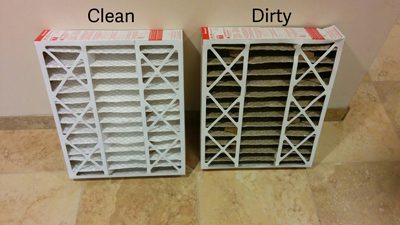
Get your furnace prepped for winter
The air filter on your heating and cooling system needs to be replaced every 1-3 months to keep the air in your home clean and flowing freely through the unit. For best results use a high-quality air filter that’s rated to remove mold, pollen, and other microscopic particles.
Air conditioners remove water from the air in your house as they cool, and the last thing you want on a hot August day is for the condensation drain line to become clogged with algae and back the water up into your AC unit or house.
To check the drain line for clogs, pour a cup of water down the access line while someone else watches where the pipe exits outside. If the water drains slowly or not at all, it’s clogged and needs to be cleared.
Clean and Maintain Bathroom Vent Fan
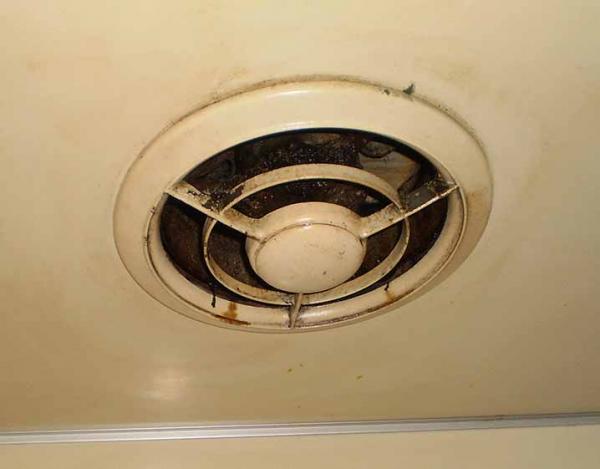
Running a bathroom vent fan during and for 10-20 minutes after you shower or bath is important to remove excess humidity and prevent mold or mildew from forming. Cleaning the vent fan annually will keep it running quietly and efficiently.
To clean a bathroom vent fan:
- Turn the power off to the fan.
- Remove the cover (on most fans you pull down on the cover to extend it, then compress the spring wires on each side to take it off).
- Use a brush or vacuum to remove dust from the cover, then scrub it in soapy water.
- Vacuum out the dust from inside the fan box and wipe off the blades.
- Spray the moving parts with silicone lubricant to help it run smoothly and quietly.
- Replace the vent fan cover.
- Turn the power back on.
- Check to see if the fan is working properly.
Clean the Range Hood
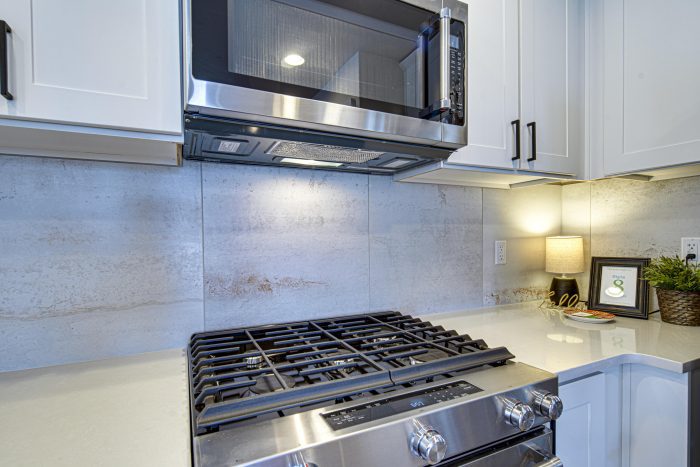
The range hood, or an over-the-range microwave fan, needs to be cleaned regularly to remove built-up grease. Start by thoroughly cleaning the range hood or microwave inside and out with a citrus-based cleaner.
Be sure to clean the top, sides, and even underneath, to remove all that cooking grime. Wear gloves and be careful of sharp metal edges.
Remove the grease filter from the fan, and clean it in hot, soapy water; or run it in the dishwasher. If you can reach the fan blades, turn the power off to the fan, and wipe them down as well.
Now that your range hood is sparkling, you have a good excuse to keep it clean by doing some of your summers cooking on an outdoor grill, which can save energy by not making your air conditioner work as hard!
Check your washing machine connections

It’s been working hard all summer with all those sweaty clothes, check the connections and the water supply connections are all in good shape.
Clean Refrigerator Coils
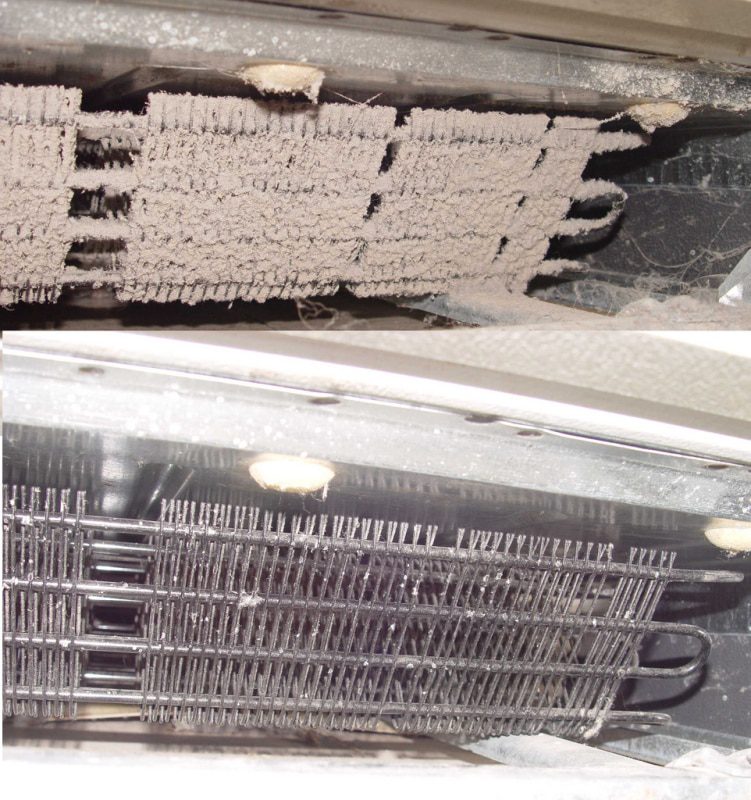
You can save as much as $100 a year on your power bill by vacuuming the refrigerator coils regularly! The coils can be found either on the back of the fridge or underneath the unit behind the kickplate.
Clean and Test Refrigerator Door Seal
Start by cleaning the door gaskets on your refrigerator thoroughly with soap and water, then inspect the gaskets for cracks or tears.
To test how well the gasket seals, place a piece of paper between the gasket and fridge, close the door, and try to pull the paper out. If the seal is working properly, you should feel resistance as you pull. If the paper pulls out easily, you may need to align the refrigerator door or replace the gasket.
If the gasket isn’t sealing, start by checking to make sure the door is aligned squarely on the hinges. If it’s not, adjust as needed, following the instructions in the refrigerator manual.
If the refrigerator still isn’t sealing properly, replace the gasket by pulling the old one out of its groove (look behind it first to see if it’s held on with screws). Press the new gasket gently into the groove, and replace any screws when you’re done.
Clean floors, baseboards and carpets
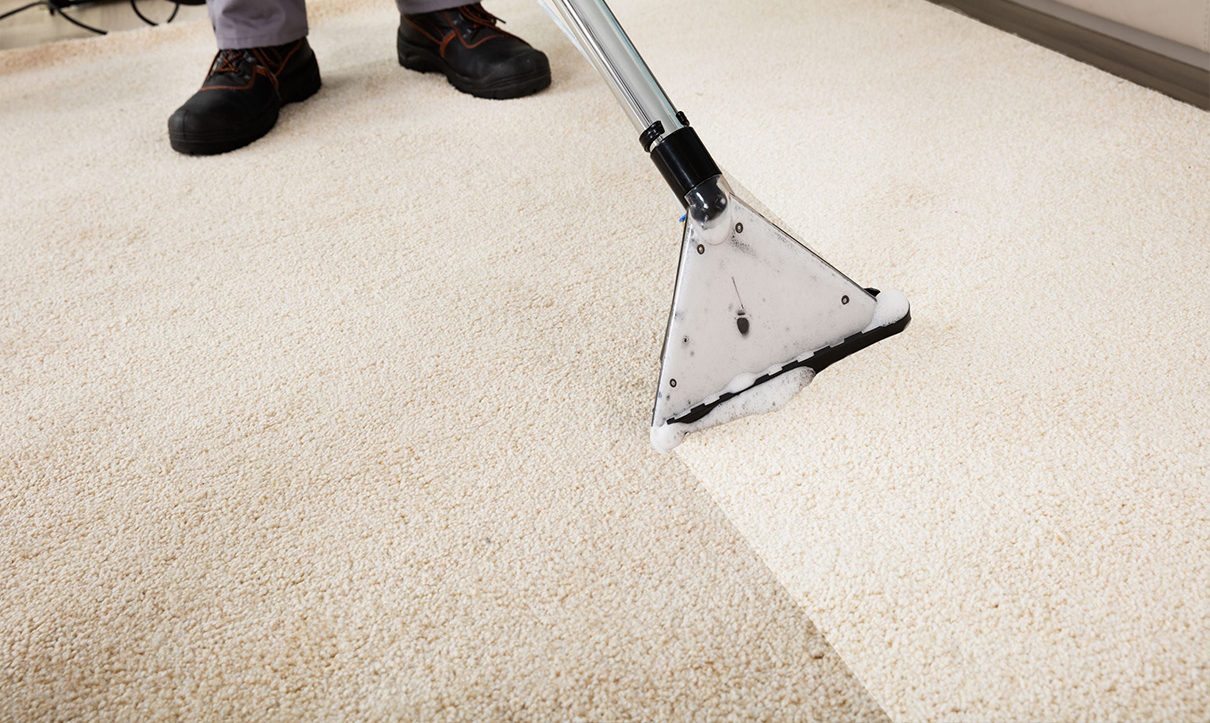
Dirt tracked in over the summer can really build up. Vacuum and clean floors. With the warm weather now is a good time to give your carpets a good cleaning they will dry quicker. If you keep your windows open, let the warm breeze flow through your home and freshen your carpets. Clean, fresh carpets are a great way to get ready for the next season, fall.
Get rugs professionally clean if required.
Organize closets

Go through your closets, try on clothing and remove any clothing that doesn’t fit or is worn. Donate any items you can. Assess the clothing your family needs for fall /winter and back-to-school clothes for the kids. Make a list of items you need before you go shopping so you don’t overspend. Tidy the closets and organize.
Prepare for back to school

Go through the kid’s school supplies from last year and throw out what’s broken and donate what you don’t need anymore. Make a list of the things you need to shop for. Create a tidy homework zone and a spot to store backpacks. Do you need more wall hooks or a file system to store school notices and forms for each child?
Clean and organize the garage.
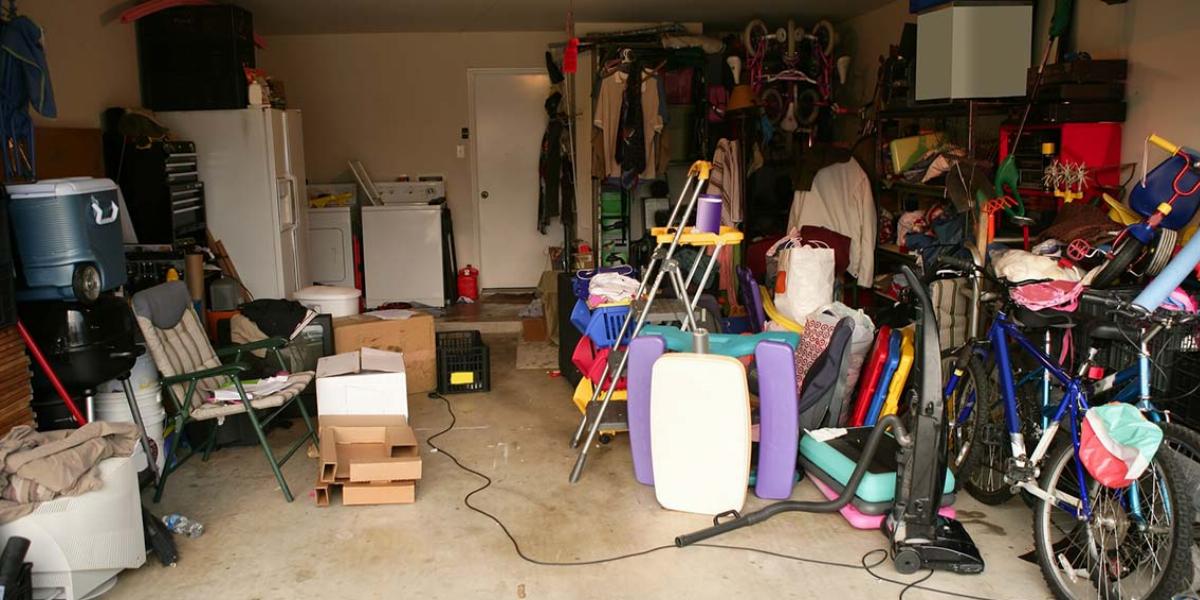
If you haven’t cleaned out your garage in a while, it’s likely this project will take an entire weekend (or more), so plan accordingly. It helps to think ahead and find out where you can take items (donations, hazardous waste, things to sell) before starting, and get a dumpster if you think you will need it. And if you need help, consider hiring someone to assist you with part or all of the process. Wait until you’ve cleared away the clutter before purchasing new shelving or wall-mounted organizers. You’ll have a better idea of what you need once the decluttering is complete.
Check emergency kits.
Emergency supplies don’t last forever. Open up your kit and check expiration dates on food and any medications; replace as needed. Don’t have an emergency kit yet? Make this the month you create one you can get started with a Red Cross kit. We’re going to be doin a blog on the best things to put into your kit… keep checking back.
Lastly plan to finish up outdoor projects. Make use of the long August days to finish up any outdoor projects you started (or intended to start) over the summer.
Enjoy the rest of your summer and don’t work too hard!!
Tags: home maintenance, summer tipsCategorised in: Home Maintenance
This post was written by Team CORE


